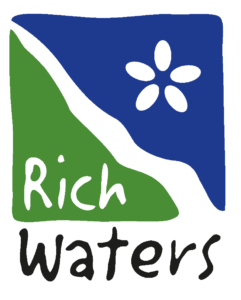Summary
The understanding of what the pollution picture looks like in the district has increased significantly, this mainly applies to the substance group PFAS. PFAS is much more common than we thought at the beginning of the project. PFAS substances have been assessed as much more toxic by EFSA in 2018 than before.
This has caused authorities to lower threshold values within water management and for drinking water. The combination of the substances being persistent, toxic in very low concentrations and dispersed in the environment make PFAS today the largest challenge for water producers in terms of environmental toxins. As the
substances follow the paths of the water and food chains, it is also a largest challenge for other food production sources such as fish.
Knowledge has also increased significantly about TBT and pharmaceutical residues in Lake Mälaren. In addition to that, we have analyzed and discovered substances new to us in groundwater, such as pesticide residues from wood handling and paint.
The analysis data that has been generated is widely used in water management, both for status classification and impact analysis. This will likely lead to many more measures because environmental quality standards are legally binding and the standards will reflect the improved state of knowledge regarding environmental toxins.
Within the project, we have learned that environmental toxins linked to drinkingwater reservoirs and fishing cause a great impact in the media.
The collaboration with several actors in the project, internal as well as external, has been very rewarding and has resulted in an increased exchange of knowledge, cost savings, sharing of responsibilities and collaboration regarding sampling, pollution tracking and proposals for measures.


